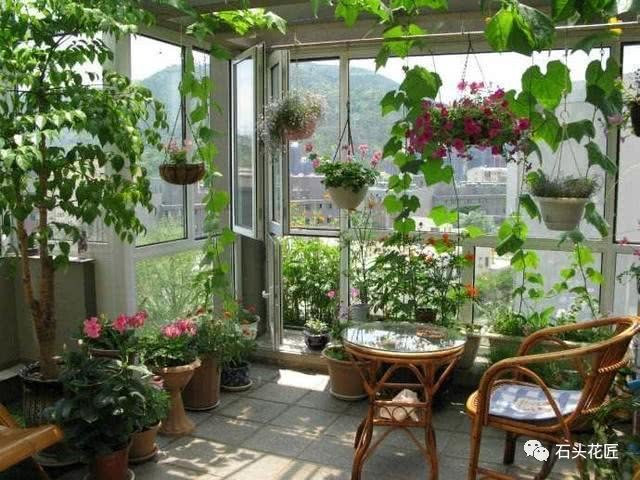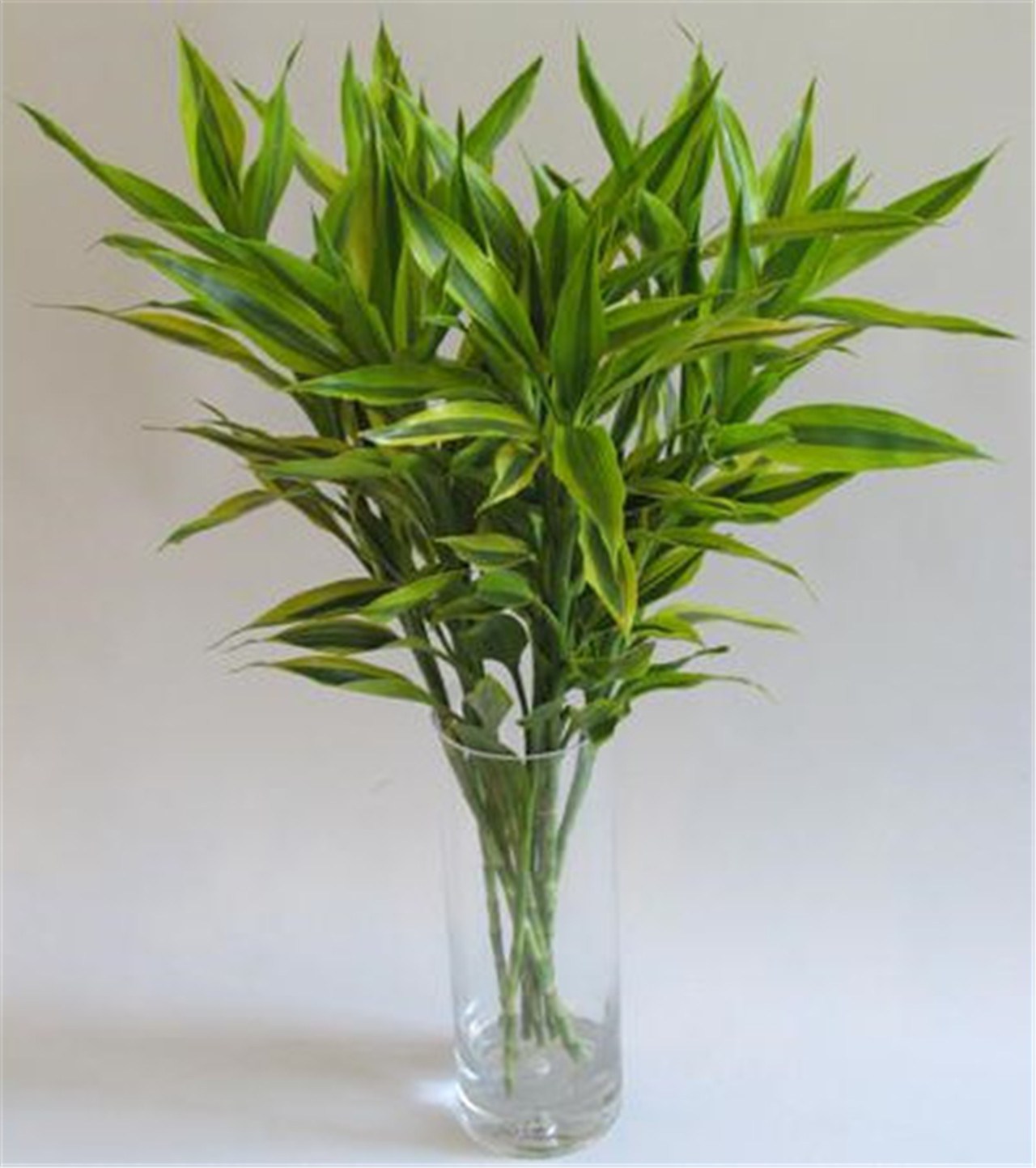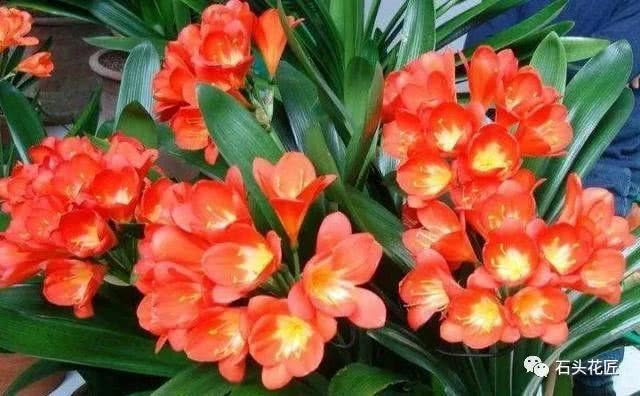These three kinds of waste residue are used to grow flowers and put some in a fertilizer pot without fertilization for a year.

For people who like to grow flowers, many things in their lives can be fed, such as the three common wastes shared with you today, which are padded at the bottom of the flowerpot after fermentation, which is a very good fertilizer. They are tea, oil dregs and bean dregs, which are also summed up by many flower-growing friends in their lives.
It is true that many things in life can be used to grow flowers, such as leftover fruit peel, which can be fermented into organic fertilizer, and it is a very good fertilizer to grow flowers; or, for example, expired milk, diluted with water after fermentation, can be used to water flowers. It can supplement plants with rich nitrogen, phosphorus, potassium and calcium, which is a good fertilizer. Therefore, the process of growing flowers is also a process of constantly exploring and accumulating experience, and people who like growing flowers are always learning and summing up.
Today, I would like to share with you that these three kinds of common waste residue will be used as flower fertilizer after fermentation, so that you don't have to fertilize flowers for a year.
1. Tea residue
As long as there are tea drinkers at home, there must be tea dregs. In fact, tea dregs are rich in potassium, which can greatly promote the growth of plant roots. Therefore, the tea residue at home can be collected continuously for four or five days, put it in a bag, get organic fertilizer after full fermentation, and put the fermented tea residue at the bottom of the flowerpot every time you change the pot and soil, which is not only loose and breathable, but also allows plant roots to absorb nutrients.
Oil residue
Anyone living in the countryside must know that deep frying is a residue produced when rapeseed is used to extract oil. It is rich in protein and oil. After fermentation, it is a very good organic fertilizer. In the process of growing flowers, it can be mixed with the flower soil, or it can be directly placed at the bottom of the flowerpot to provide a continuous supply of nutrients for plant growth. Especially when families raise such fertilizer-loving plants as green pineapple, hanging orchid and gentleman orchid. Put the fermented oil residue at the bottom of the flowerpot and the plants can grow luxuriantly without fertilization for a year.
Bean dregs
Bean residue is the residue of beans, after late fermentation, it is also a very good organic fertilizer. Because bean dregs are rich in elements such as nitrogen, phosphorus and potassium, when using bean dregs, they must be fully fermented, otherwise there will be a strange smell, so the bean dregs are generally put in a bag and put outside to fully ferment, not only fully fermented a month later, but also without a bad smell. When changing the pot, it is mixed with the soil or padded at the bottom of the flowerpot, which is a very good organic fertilizer, which is very suitable for raising rose and gardenia.
These three kinds of common waste residue in daily life can be used to grow flowers after full fermentation, not only the process of waste utilization, but also their fertilizer effect is very good, used to grow flowers, loose and breathable, no rotten roots, no yellow leaves.
These three kinds of "waste residue" are good fertilizers for growing flowers. Put some in the pot without fertilizing for a year.
If you like flower friends, you can try it yourself. if you find it useful, please like it below, follow it, and forward it to more friends!
I am a stone gardener. I will share a little knowledge of growing flowers every day. Remember to follow me.
- Prev

Can rich bamboo always live? 1 knife makes it better and looks good with a longer life.
Can rich bamboo always live? 1 knife to make it easier to raise, life increase appearance is also good-looking! With the improvement of the quality of life, now many people no longer pursue too much material things, on the contrary, many people begin to pursue essence.
- Next

In autumn, keep in mind that 3 more than 1 less than 60 days, the sword leaves grow into winter and the flowers are bright.
Gentleman orchid is a very popular family flower, which not only has green leaves like a long sword, but also produces beautiful flowers in the Spring Festival every year, which makes the Spring Festival more prosperous. Put the gentleman orchid at home, implying the master.
Related
- Wuhan Hospital Iron Tree Blooming Result Was Instantly Frightened by the Gardener Master
- Which variety of camellia is the most fragrant and best? Which one do you like best?
- What is the small blue coat, the breeding methods and matters needing attention of the succulent plant
- Dormancy time and maintenance management of succulent plants during dormancy
- Minas succulent how to raise, Minas succulent plant pictures
- What are the varieties of winter succulent plants
- How to raise succulent plants in twelve rolls? let's take a look at some experience of breeding twelve rolls.
- Attention should be paid to water control for succulent plants during dormant period (winter and summer)
- Watering experience of twelve rolls of succulent plants
- Techniques for fertilizing succulent plants. An article will let you know how to fertilize succulent plants.

